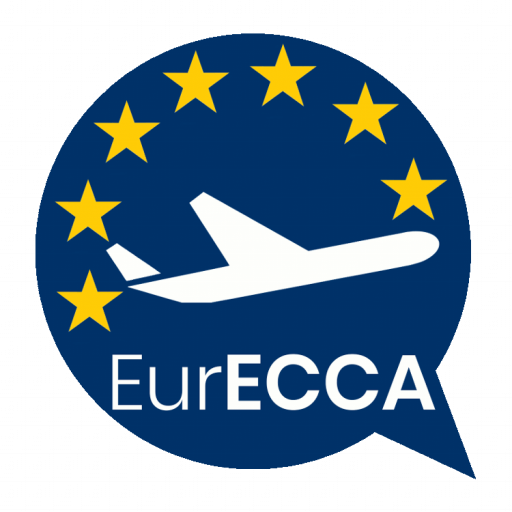EASA Report on Flight Safety Risks from Socio-economic factors
EASA Report on Flight Safety Risks from Socio-economic Factors –
A new perspective for the upcoming years.
In 2018, the European Parliament and the Council voted to assign the European Aviation Safety Agency (EASA) to “address socioeconomic risks to aviation safety” as established in Article 89 of EASA’s new Basic Regulation and mandate EASA to provide a report every three years on the “actions and measures undertaken” to address the “interdependencies” between aviation safety and socio-economic factors.
This mandate also requires EASA to take specific action, to identify, analyze, and mitigate socio-economic safety hazards in particular those directly linked with the new business models and aircrews’ atypical forms of employment such as “bogus” self-employment, fixed-term work, work via temporary work agencies/broker agencies, zero-hour contracts and pay-to-fly schemes.
Despite the precise mandate assigned to EASA, EurECCA encourages the agency with the participation of all cabin crew associations to adopt appropriate strategies or actions to give its new mandate a meaningful life over the next three years.
In this first report published on 09 December 2021, EASA does not take into account different scientific studies such as Ghent University study (2015), LSE-Eurocontrol study (2016), Göteborgs/Karolinska Institute (2018) and concludes with evasive arguments by opposing perception to real facts.
- Discussion on potential safety impacts
When addressing the potential safety implications of employment and working conditions, we are facing an apparent contradiction between perception and facts:
- on one hand Air Crew associations have repeatedly raised concerns about the potential safety implication of “atypical” forms of employment, this perception being claimed by the 3 above-mentioned studies;
- on the other hand, safety records and safety reports available to the Agency do not show any correlation between the forms of contracts used by a given airline and the safety records of that airline.
EurECCA considers that the lack of safety reports is directly linked with the atypical forms of employment as some cabin crew may be afraid to file a fatigue report or declare “unfit to fly” or any other safety relevant human “perception” by the simple risk to be sacked. This is why it seems inappropriate to oppose human “perception” to fact data’s recorded as some are directly linked with human’s perception and feedback.
EurECCA requests an immediate development by EASA of some priorities tools such as Confidential Safety Reporting (CSR) to identify and investigate safety issues, particularly those relating to airline’s business models using working contracts as atypical forms of employment. As a matter of fact, low-cost carriers’ safety reportings are lower than legacy carriers due to the risks of negative consequences of cabin crew contractual labour relationship and such operational safety decision report occurrences for fatigue, sickness, over hours, etc. will hardly be filed.
EurECCA is convinced that these differences in safety reporting levels between legacy carriers and low-cost carriers is directly link with the atypical form of employment and the ways they are collected and published.
EurECCA asks the Agency to fulfill its Art. 89 mandate by taking concrete action and put it up to its priority list. This is especially true given the significant socio-economic changes brought by the COVID-19 sanitary crisis in terms of employment and working conditions.
EurECCA represents, protects and develops the rights and needs of all cabin crew all over Europe
About EurECCA: established in Brussels in 2014, the European Cabin Crew Association, EurECCA, represents, protects and develops the rights and needs of cabin crew all over Europe. It is composed of cabin crew unions from European Union Member States as well as accession and bordering states and represents some 33,000 cabin crew accounting for 70% of all organized cabin crew in Europe. EurECCA has no political connections. EurECCA’s work is around Cabin Crew working conditions, wages, social protection and health and safety at work.
EurECCA European Cabin Crew Association AISBL
Rue du Commerce 20-22
1000 Brussels, Belgium
EASA Basic Regulation 2018/1139, 4 July 2018
Article 89 – Interdependencies between civil aviation safety and socioeconomic factors
- The Commission, the Agency, other Union institutions bodies, offices and agencies and the Member States, shall, within their respective fields of competence, cooperate with a view to ensuring that interdependencies between civil aviation safety and related socioeconomic factors are taken into account including in regulatory procedures, oversight and implementation of just culture as defined in Article 2 of Regulation (EU) No 376/2014, to address socioeconomic risks to aviation safety.
- The Agency shall consult relevant stakeholders when addressing such interdependencies.
- The Agency shall, every three years, publish a review, which shall give an objective account of the actions and measures undertaken, in particular those addressing the interdependencies between civil aviation safety and socioeconomic factors.


